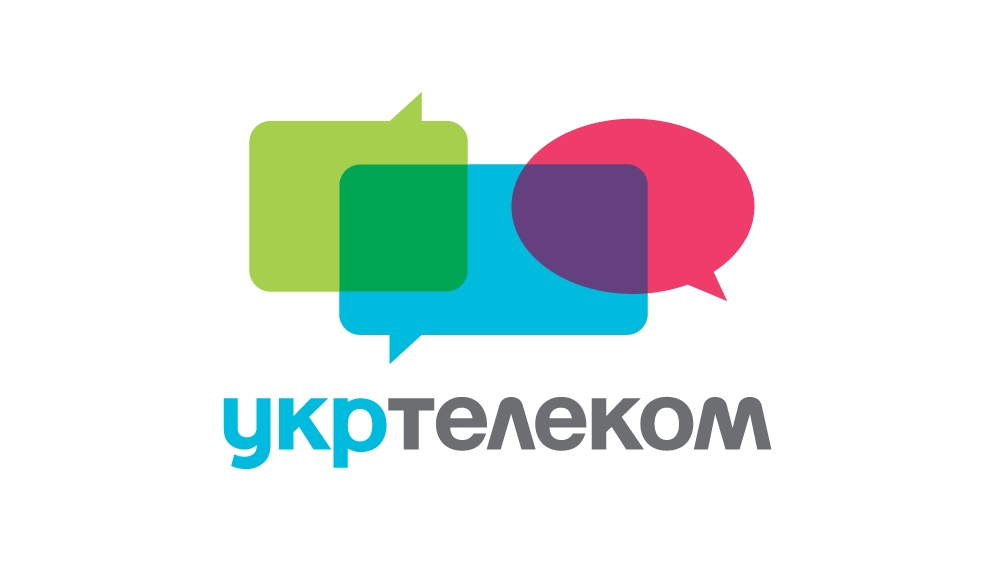CellMining CX-DRIVEN SON for MegaFon
Categories
Description
Russian operator will deploy CX-based SON
to optimize network and provide superior Quality of Experience
Caesarea, Israel—December 19, 2016 —CellMining Ltd, a leading provider of Self-Organizing Networks (SON) and subscriber network experience solutions, today announced that leading Russian mobile operator MegaFon has selected its Behavior-Based SON™ solution to optimize its network performance in the Moscow region and to help it to deliver an exemplary subscriber experience.
“This new contract is a further affirmation that our unique subscriber experience-driven network optimization provides mobile operators with the competitive edge they need to retain customer loyalty,” said Greg Giora Snipper, CEO of CellMining. “With millions of subscribers across its 2G, 3G and 4G networks in Moscow, MegaFon has decided that CellMining offers the industry’s best SON solution, which can be flexibly deployed to deliver the excellent user experience its customers demand.”
“We are also providing MegaFon with the unique ability to detect low quality calls on 2G and 3G as well as on the VoLTE service it is currently launching,” he added. “We are very pleased that this contract gives us potential for growth.”
“We are pleased to announce our cooperation with CellMining. Its product offers us considerable flexibility and the ability to customize its algorithms to the needs of our Moscow region network,” said Alexey Semenov, Director of the Stolichny Branch PJSC MegaFon. “I am confident that this technology will help us to provide 24/7 quality management on the scale of the entire network. It means that we will be able to instantaneously react to unexpected network fluctuations, and continuously provide the best voice and data services to our clients.”
The decision to place the SON contract with CellMining was taken after an extremely rigorous and lengthy selection process during which products from several leading SON vendors—including network infrastructure vendors—were trialed on the operator’s network. CellMining’s multi-vendor, multi-technology SON capability was a key deciding factor in its selection. Another important consideration was that it provides subscriber-aware energy-saving modules—these deliver a safe way of reducing operating costs by selectively shutting down radio power when traffic levels are low, without risking any degradation in the subscriber experience.
Details
Business tasks
Reduce Costs
Enhance Staff Productivity
Ensure Security and Business Continuity
Improve Customer Service
Ensure Compliance
Manage Risks
Enhance Competitive Ability
Problems
No automated business processes
IT infrastructure consumes a lot of power



